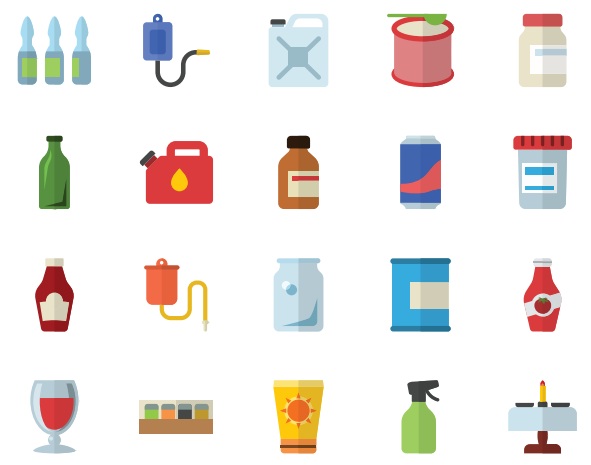Term 3 Unit 3 | 7th Science - Polymer Chemistry | 7th Science : Term 3 Unit 3 : Polymer Chemistry
Chapter: 7th Science : Term 3 Unit 3 : Polymer Chemistry
Polymer Chemistry
Unit 3
Polymer
Chemistry


Learning Objectives
* Recognize various
types of fibres
* Conduct activities
to learn the characteristics of synthetic fibres
* List the advantages
and disadvantages of synthetic fibres
* Differentiate between
thermoplastics and thermo-setting plastics
* Identify various
types of plastics based on the resin codes
* Realize the impacts
of plastics on humans, animals and the environment.
* Recall the different
methods and hierarchy of disposing waste based on the 5R principle
* Explore the
complexities of bio-plastics
* Gather information
about plastic eating bacteria
* Learn about glass
and its types and uses
Introduction
Polymer chemistry has a positive
impact on your everyday life. Many of the materials you use are linked to
polymer chemistry. When you get ready for school, you wear clothes, shoes,
brush your teeth and take a school bag. Did you ever ask yourself what these
items are made of? They are created from fibres. Fibres are made up of long
chains of natural or synthetic polymers.
As a society, we are consuming more
and more. The more things we buy the more things we throw away. 30 years ago,
most of the waste in Tamil Nadu was biodegradable or easily recyclable. Today
it is more complex. Many of the materials we use are non-biodegradable and
difficult to recycle. For example, in the past people used many natural
materials such as cotton, silk and jute fibres. Today we use a lot of synthetic
materials such as plastics. In this lesson you will learn about polymers,
different types of fibres, plastics and the waste we produce and how we should
manage it.
Related Topics